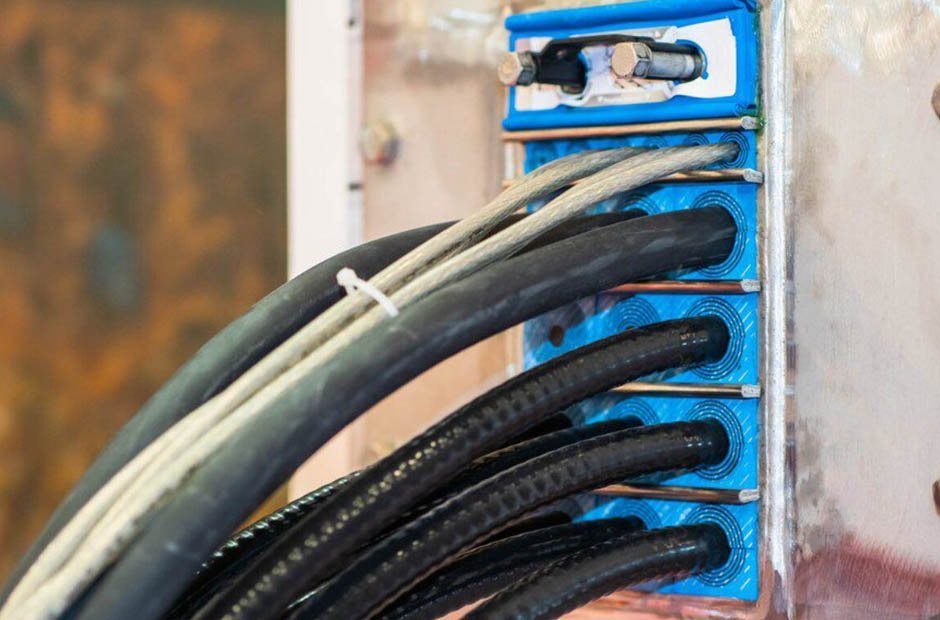Fire alarm systems play a pivotal role in safeguarding lives and property by detecting and alerting occupants to the presence of a fire. While the alarms themselves are familiar to most people, the cables that make them function are often overlooked. In this article, we will delve into the world of fire cable, exploring their importance, types, installation, and maintenance.
The Vital Role of Fire Alarm Cables
Fire alarm cables are the unsung heroes of fire safety systems. They are responsible for transmitting signals between various components of the fire alarm system, including smoke detectors, heat detectors, manual pull stations, alarm panels, and notification devices such as sirens and strobe lights. Without reliable fire alarm cables, the entire system could fail, leaving occupants unaware of a potential fire hazard.
Types of Fire Alarm Cables
Fire alarm cables come in various types, each designed for specific applications within a fire alarm system. The most common types include:
- Unshielded Non-Power-Limited (NPL) Cables: These cables are used for initiating devices like smoke detectors and heat detectors. They transmit low-voltage signals and are not suitable for transmitting power.
- Shielded Non-Power-Limited (NPL) Cables: Shielded cables are employed in areas with high electromagnetic interference. They offer better protection against signal interference, ensuring the reliability of the fire alarm system.
- Plenum Cables: Plenum-rated cables are used in plenum spaces, which are areas in buildings that facilitate air circulation. They are designed to meet strict fire safety standards due to their fire-resistant insulation, making them ideal for commercial and industrial settings.
- Armored Cables: Armored cables have an additional layer of protection, typically made of steel or aluminum, to withstand physical damage. They are used in locations where cables are exposed to potential mechanical stress.
- FPLR Cables: Fire-Protective Signaling Cables (FPLR) are designed for fire alarm systems and have flame-retardant jackets. They are commonly used in vertical risers and are suitable for both power and signal transmission.
- FPLP Cables: Fire-Protective Signaling Cables (FPLP) are similar to FPLR cables but have additional protection for plenum spaces. They are used where fire safety regulations require plenum-rated cables.
Installation of Fire Alarm Cables
Proper installation of fire alarm cables is essential to ensure the effectiveness of the fire alarm system. Here are some key installation considerations:
- Cable Routing: Cables should be routed away from potential sources of interference, such as electrical conduits and high-voltage lines. Maintaining separation helps prevent signal degradation.
- Bundling: Avoid bundling different types of cables together, as this can lead to interference. When bundling is necessary, use proper separation techniques and maintain fire safety regulations.
- Cable Support: Use appropriate cable support systems to prevent cables from sagging or coming into contact with sharp edges or surfaces that could damage them.
- Termination: Ensure proper termination of cables at each device and the alarm control panel. Incorrect terminations can lead to signal loss and false alarms.
- Testing and Verification: After installation, conduct thorough testing and verification to confirm that all components of the fire alarm system are functioning correctly.
Maintaining Fire Alarm Cables
Regular maintenance is crucial to keep fire alarm cables in optimal condition. Neglecting maintenance can lead to system failures or false alarms, putting lives and property at risk. Here are some maintenance tips:
- Visual Inspection: Periodically inspect cables for physical damage, such as cuts, abrasions, or signs of wear. Replace any damaged cables promptly.
- Cleaning: Keep cables clean and free from dust and debris, especially in areas prone to contamination. Dirty cables can degrade signal quality.
- Testing: Conduct routine tests of the entire fire alarm system, including cable connections, to ensure it operates as intended. Test all initiating and notification devices.
- Documentation: Maintain detailed records of maintenance activities, including inspections, repairs, and testing results. This documentation can be invaluable for troubleshooting and compliance with regulations.
- Upgrades: Consider upgrading your fire alarm system and cables to stay up-to-date with the latest technology and safety standards. Newer systems may offer enhanced features and reliability.
Conclusion
Fire alarm cables are the lifelines of fire safety systems, connecting critical components that protect lives and property. Understanding the types of cables, proper installation practices, and regular maintenance is essential to ensure the reliability and effectiveness of your fire alarm system. By giving these cables the attention they deserve, you contribute to a safer environment for all occupants and better protection against the threat of fire. If you’re looking for high-quality fire alarm cables, consider visiting ZW CABLE, a trusted manufacturer in the industry, to meet your specific needs.
















